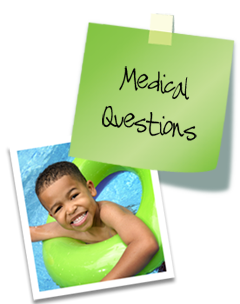RSV
Respiratory Syncytial Virus (RSV) is predictable in its appearance every year. It shows up around Thanksgiving and then peaks between January and March. In the U.S. about 80,000 children are hospitalized each year with RSV. Half of all children under one year old develop RSV infections and virtually all children have had RSV by the time they are 2 years old.
RSV is spread by large respiratory droplets, the stuff you sneeze or cough. It will live on hands and surfaces for about an hour. Transmission is mainly through direct contact with these droplets, or else your hands contacting the virus. It usually comes home from school, day care, work, the grocery store and even church.
In older kids and adults, RSV is a cold or bronchitis. In younger kids, it usually starts with a runny nose, sore throat, fever and a cough, the usual stuff. Lower respiratory symptoms may begin to develop after that. The things to watch for are wheezing, increased respiratory rate (>60/minute), the skin retracting between the ribs or above the collar bones and being too out of breath to eat or sleep.
Treatment is supportive care. Encourage fluids, clear the nose, use a humidifier and watch closely for signs of breathing problems. For more severe cases supplemental oxygen or even assisted breathing is required. Those at greatest risk for more sever disease include: premature infants (>35 weeks), those with chronic respiratory disease, immune deficiencies, and congenital heart defects. For those groups, there is an immunization that needs to be administered every month through RSV season. Contact your doctor to get details if needed.
RSV is usually just like any other cold, but we need to be vigilant for those with worsening symptoms. The key is prevention for the youngest among us. To help out we can; appreciate cute babies without having to hold their hands or toys, wash our hands after work and school and contain our coughs and sneezes.
